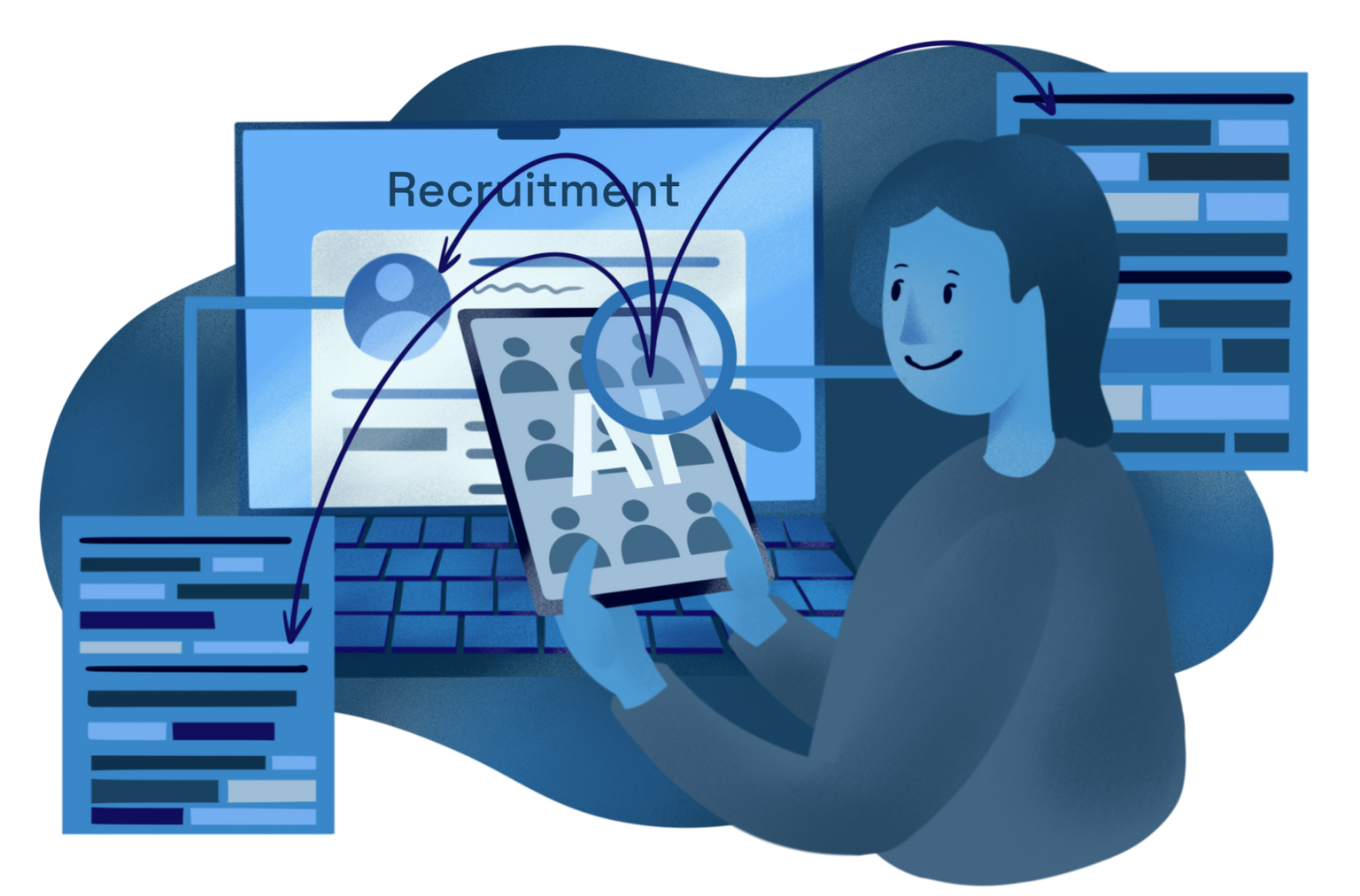Human Resources and Artificial Intelligence: the AIring project
Academy
AIring aims to simplify HR processes with AI, automating tasks and procedures within the human resources department.

Over 5 million downloads in September alone, equivalent to $4.6 million in earnings through the App and Play stores. This marked a significant peak compared to previous months: 2.1 million in June, 2.74 million in July, and a significant increase to $3.81 million in August. These figures are a direct result of the $19.99 monthly subscription fee, granting access to ChatGPT’s full capabilities.
OpenAI has had a standout year, quickly becoming a hot topic in conversations and a source of memes that rival those of Leonardo Di Caprio. Its user-friendly interface has notably contributed to its popularity, attracting even non-technical users, resembling automated assistance systems. ChatGPT is so intuitive that even a child could get a response from it—but what kind of response?
Primarily used for text generation, such as crafting the script for the Deep Learning episode of South Park, OpenAI’s AI showcases its true potential to a select few. The recent AIring project harnesses this potential to drastically reshape candidate management and CV analysis, revolutionizing recruitment dynamics.
AIring in brief
AIring simplifies three crucial tasks typically handled by HR personnel: assessing external resources, analyzing CVs, and updating internal CV databases through an AI-powered system. The choice of OpenAI’s artificial intelligence is evident; there’s currently no comparable alternative.
By providing ChatGPT with the right elements, in our case, resumes, the system interprets the data, generating more readable and easily usable information (CV summaries, JSON files, scores, etc.).
Operations
The process doesn’t occur via the conventional chat interface; OpenAI provides the alternative of utilizing an API (Application Programming Interface). Through the authentication token generated upon subscription, individuals can initiate “HTTP calls” from external development environments, distinct from the chat system.
Put plainly, sending a request to OpenAI’s API with the authentication token triggers a response. In our scenario, this response entails text generated by ChatGPT. This mechanism allows for interaction with the AI model outside the chat interface, providing flexibility and accessibility for diverse applications.
Application and hiring phase
The initial phase of the application and hiring process begins with the uploading of CVs in PDF format. These documents are then transformed into database elements using Apache PDF in the Java backend and temporarily stored in a MongoDB repository.
The extracted text, including career, training, and categorized skills information, is then processed into a JSON object and finally cataloged in another repository along with previously excluded personal data.
Internal CV improvement
The project’s second phase focuses on enhancing internal resumes using the ChatGPT interface. In this stage, employees upload their CVs via the front-end, and the content is extracted accordingly. Following this, ChatGPT is engaged in a conversation leveraging its knowledge of the individual’s career background. Through interactions with ChatGPT APIs, responses and suggestions for text improvement are obtained, refining the internal CVs.
AI is not infallible
While ChatGPT’s lack of creativity has drawn criticism from creative professionals, for the AIring project, this very trait is a significant advantage: the focus here is on data, not ornate language. However, as the project progresses, certain limitations in OpenAI’s AI have surfaced, particularly concerning data processing times. The platform currently requires around 4 minutes for each CV, rendering it impractical for managing substantial workloads efficiently.
Moreover, while it would be ideal for attributes like “teamwork skills,” “strong leadership qualities,” and fluency in multiple languages at an advanced level to be widespread among candidates, the reality is different. People often embellish or exaggerate these qualities, especially when crafting their CVs. Thus, it remains the responsibility of HR professionals to thoroughly comprehend the individuals they are interviewing, as AIring cannot fully address this aspect.
At work with AI: with data in hand
Embracing AI has become essential for staying competitive, especially considering its potential in accessibility and cost efficiency. Leveraging AI for data processing yields enhanced precision, minimizes human errors, and ensures accuracy in handling information. Its capacity to manage vast volumes of data enables the identification of concealed patterns and trends, offering invaluable insights crucial for informed decision-making.
In essence, integrating artificial intelligence into data processing directly correlates with enhanced business performance and the agility to navigate market challenges swiftly, all while substantially reducing management expenses.